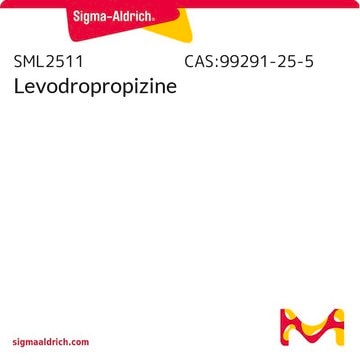I0627
Isobarbituric acid
analytical standard
Synonym(s):
2,4,5-Trihydroxypyrimidine, 5-Hydroxyuracil
Sign Into View Organizational & Contract Pricing
All Photos(1)
About This Item
Empirical Formula (Hill Notation):
C4H4N2O3
CAS Number:
Molecular Weight:
128.09
Beilstein:
127205
EC Number:
MDL number:
UNSPSC Code:
41116107
PubChem Substance ID:
NACRES:
NA.24
Recommended Products
grade
analytical standard
Quality Level
Assay
~98%
technique(s)
HPLC: suitable
gas chromatography (GC): suitable
mp
>300 °C (dec.) (lit.)
application(s)
forensics and toxicology
pharmaceutical (small molecule)
veterinary
format
neat
SMILES string
O=C1CNC(=O)NC1=O
InChI
1S/C4H4N2O3/c7-2-1-5-4(9)6-3(2)8/h1H2,(H2,5,6,8,9)
InChI key
FQXOOGHQVPKHPG-UHFFFAOYSA-N
Looking for similar products? Visit Product Comparison Guide
Application
Refer to the product′s Certificate of Analysis for more information on a suitable instrument technique. Contact Technical Service for further support.
Storage Class Code
11 - Combustible Solids
WGK
WGK 3
Flash Point(F)
Not applicable
Flash Point(C)
Not applicable
Personal Protective Equipment
dust mask type N95 (US), Eyeshields, Gloves
Choose from one of the most recent versions:
Already Own This Product?
Find documentation for the products that you have recently purchased in the Document Library.
Riccardo Amorati et al.
Organic letters, 12(18), 4130-4133 (2010-08-28)
Addition of millimolar amounts of a weak base (pyridines) dramatically accelerates the reaction with peroxyl radicals of two biologically relevant uracil derivatives, 5-hydroxyuracil (HU) and 5-hydroxy-6-methyluracil (HMU). This is due to the formation of small amounts of the deprotonated form
Philippe Simon et al.
Nucleic acids research, 34(13), 3660-3669 (2006-08-04)
5-Hydroxyuracil is a major oxidized nucleobase that can be generated by the action of (*)OH radical and one-electron oxidants. The latter modified base that exhibits a low ionization potential is highly susceptible to further degradation upon exposure to various oxidants.
Nicolas Charlet-Berguerand et al.
The EMBO journal, 25(23), 5481-5491 (2006-11-18)
Oxidative lesions represent the most abundant DNA lesions within the cell. In the present study, we investigated the impact of the oxidative lesions 8-oxoguanine, thymine glycol and 5-hydroxyuracil on RNA polymerase II (RNA pol II) transcription using a well-defined in
Jason L Parsons et al.
Nucleic acids research, 35(4), 1054-1063 (2007-02-01)
Base excision repair (BER) is the major pathway for the repair of simple, non-bulky lesions in DNA that is initiated by a damage-specific DNA glycosylase. Several human DNA glycosylases exist that efficiently excise numerous types of lesions, although the close
Grégory Eot-Houllier et al.
Nucleic acids research, 33(1), 260-271 (2005-01-14)
Clustered DNA lesions, possibly induced by ionizing radiation, constitute a trial for repair processes. Indeed, recent studies suggest that repair of such lesions may be compromised, potentially leading to the formation of lethal double-strand breaks (DSBs). A complex multiply damaged
Our team of scientists has experience in all areas of research including Life Science, Material Science, Chemical Synthesis, Chromatography, Analytical and many others.
Contact Technical Service







